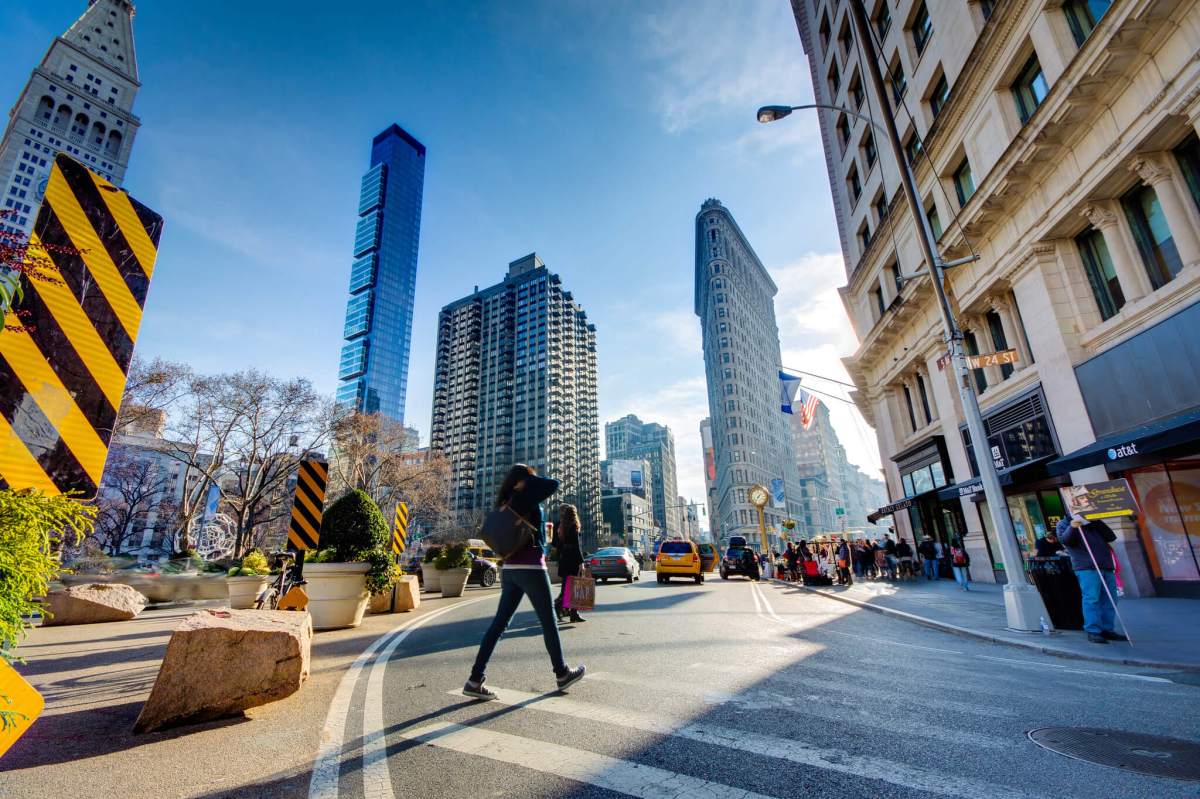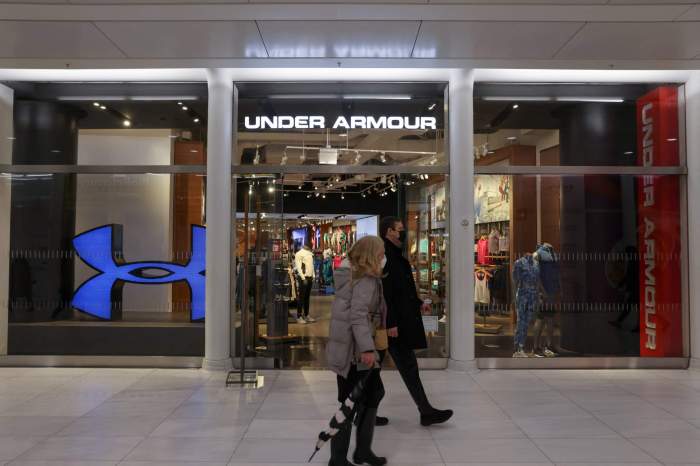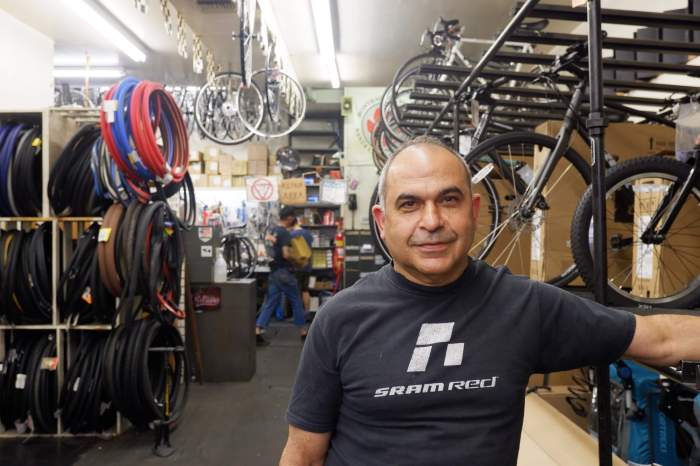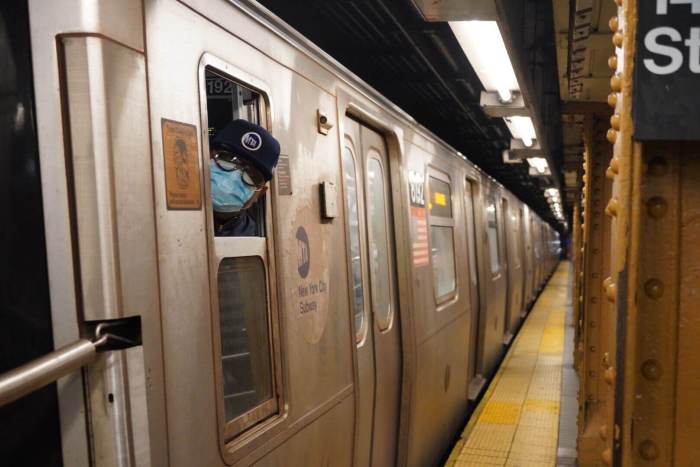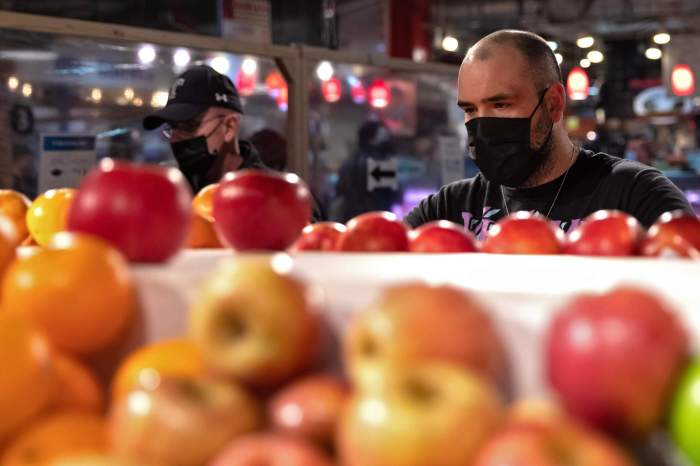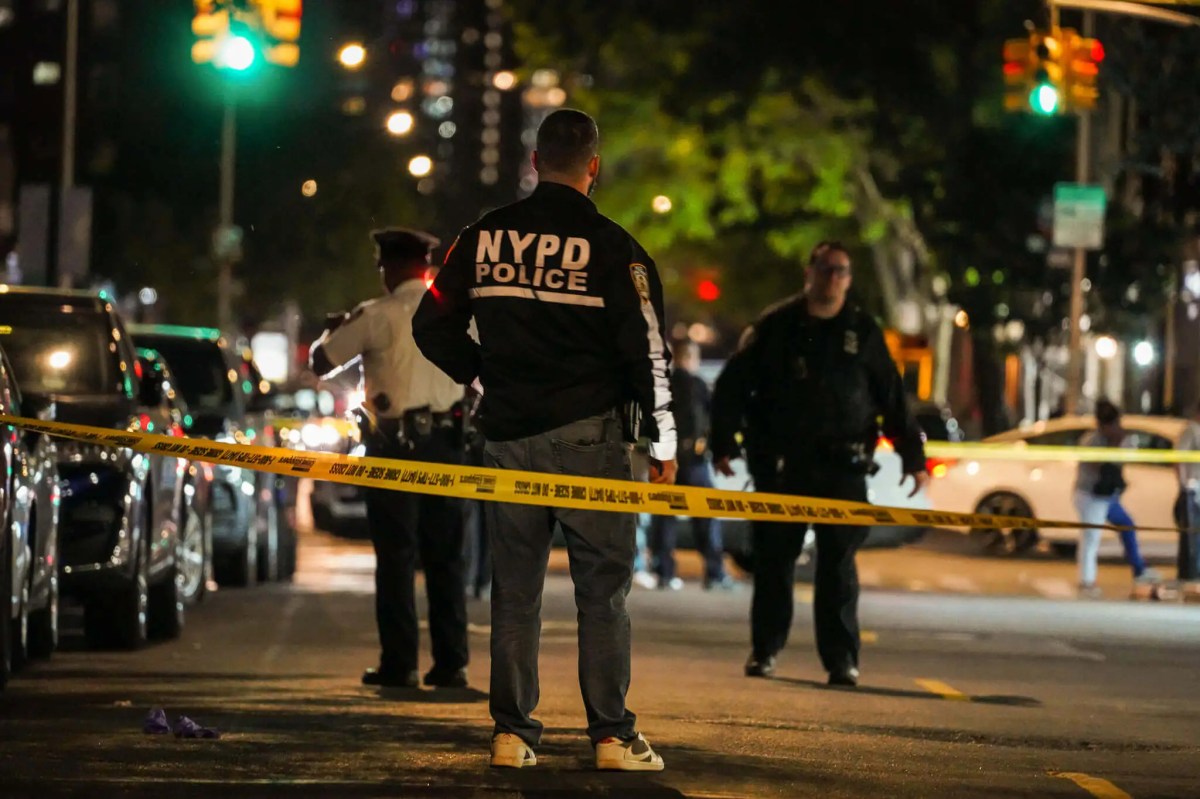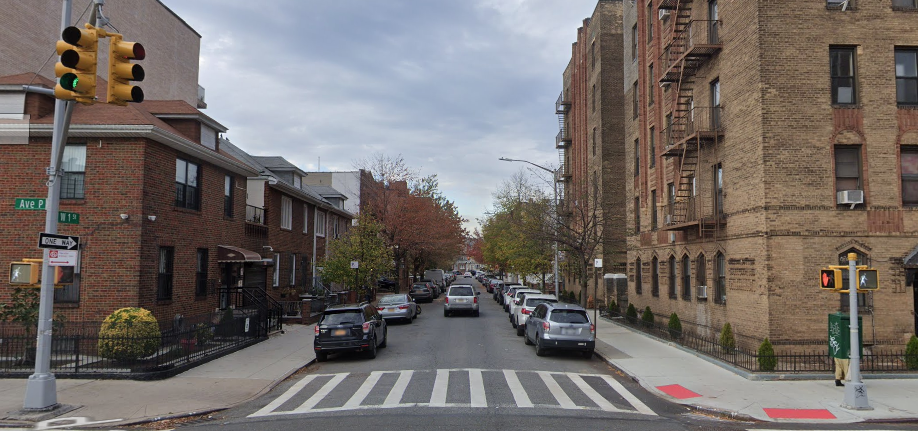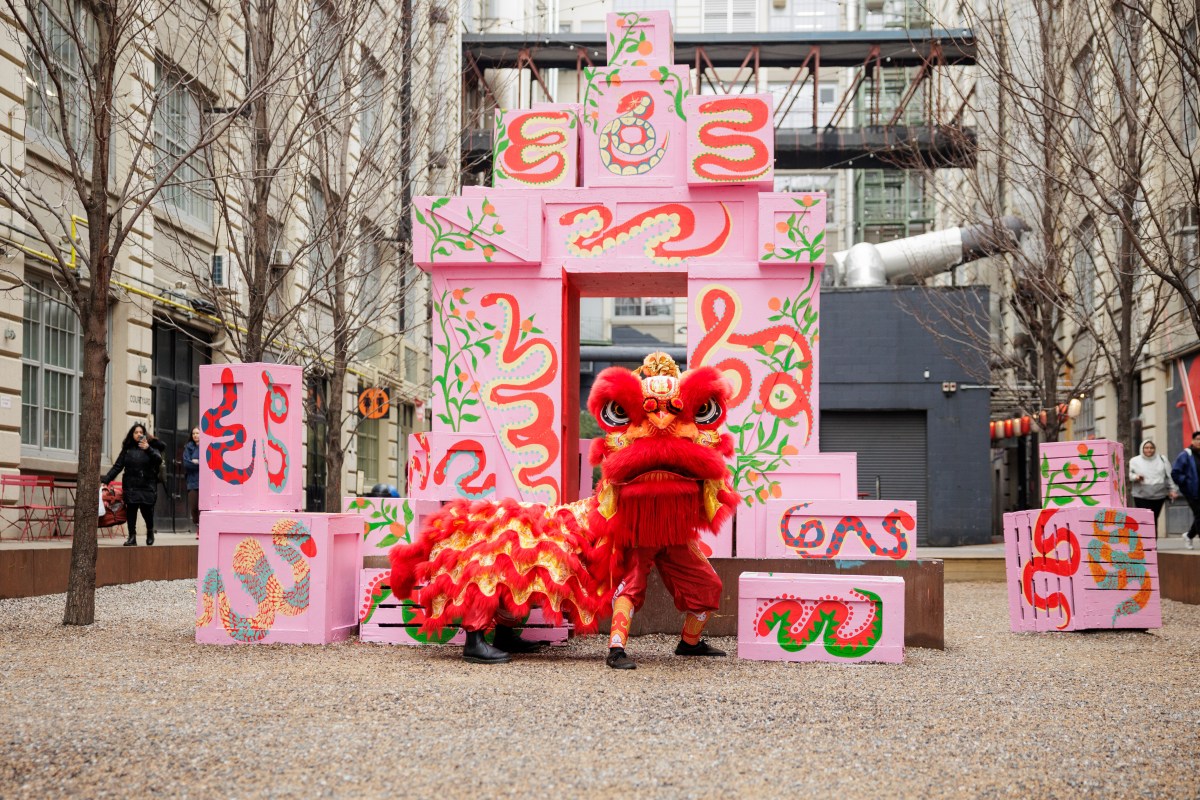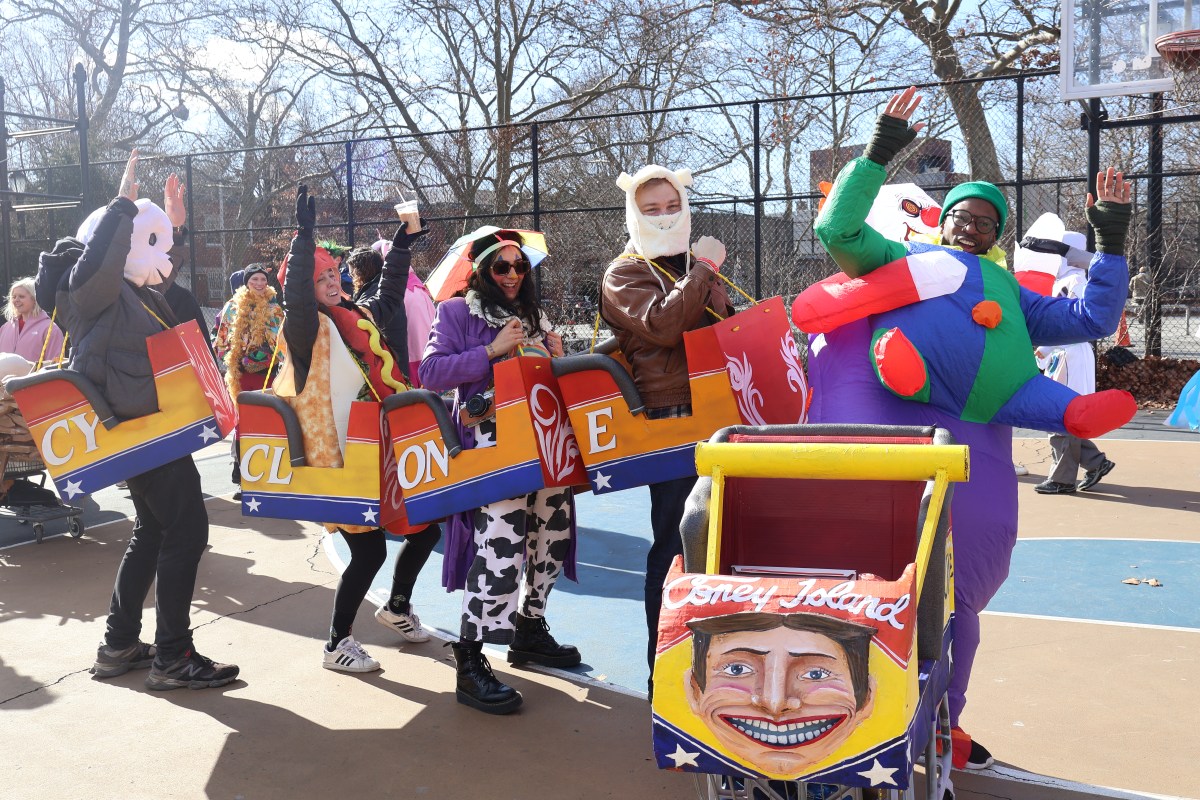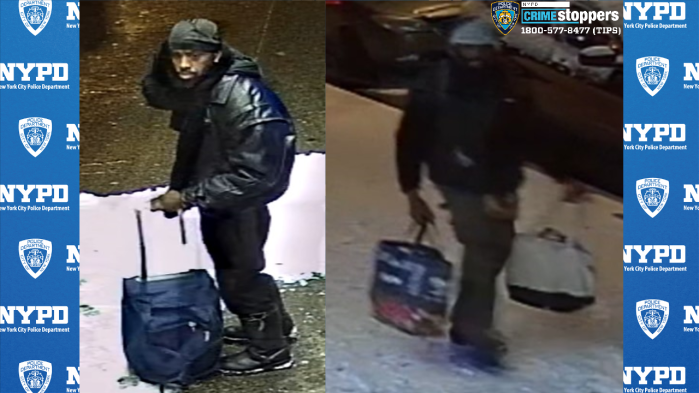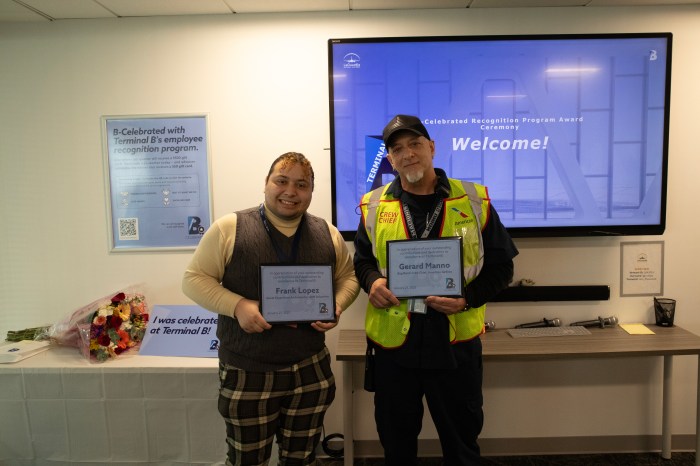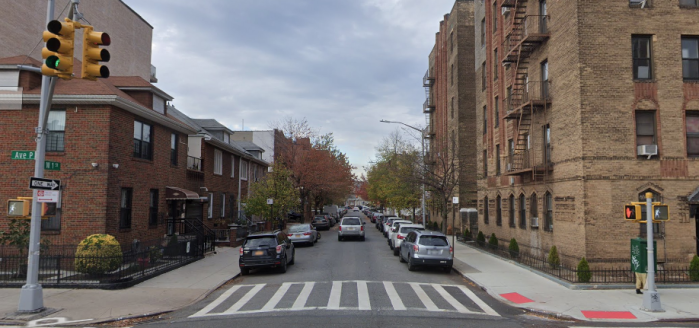A new survey on the Flatiron District and NoMad found that the dark days of the early pandemic are largely behind the iconic Manhattan neighborhoods.
A new survey, conducted by the Flatiron NoMad Partnership, determined that clear majorities of residents and visitors found the business improvement district to be cleaner and safer than a year ago.
“It’s gratifying for our hardworking team, including our sanitation and safety workers who are on the streets every day, to see that our stakeholders notice and appreciate the results of their efforts,” said James Mettham, president of the partnership.
Not only are the days of lagging sanitation service that marked 2020 gone but respondents found that the district is improving from 2021. A whopping 59% of respondents said they felt the district was cleaner in 2022 than it was the previous year, with 32% saying it was the same.
Meanwhile, 43% of respondents said the district had made safety improvements from the previous year, while just 14% thought it was less safe.
In terms of transportation issues, the biggest safety concerns were e-bikes and scooters followed by intersection conflicts. Of these respondents, 69% reported walking to the district.
This too, presents a contrast to the most dire days of the pandemic when the Wall Street found that activity was down 50% in the Flatiron District, Union Square and Chelsea in December 2020, compared with February.
In line with these findings, 85% of survey-takers showed support for redesigned and pedestrianized streets. The NoMad Piazza pedestrian plaza on Broadway from 25th to 27th Streets marks a shining, recent example of such a redesign, which the partnership and the New York City Department of Transportation created over the past year.
The Partnership and DOT have more streetscape improvements in the works. The organization joined DOT and Mayor Eric Adams last weekend to announce the next phase of the city’s “Broadway Vision” plan in NoMad, which will deliver two new plazas, shared streets, and a two-way bike lane along Broadway in the district from West 25th Street to West 32nd Street.
The survey also included room for improvement. Going forward, 38% of respondents thought that the most significant challenge for the partnership to meet is outreach and social services to people experiencing homelesnness — the most of any answer in this category.
The vast majority of people who completed the survey were neighborhood residents, followed by visitors from other New York City neighborhoods, employees in neighborhood offices, employees of neighborhood retailers, restaurants and service businesses, tourists from outside the city, commercial property owners or managers, and students.
The responses also marked a return to the office as well as residential growth: 58% of people said they come to the Flatiron NoMad district every day — an 10% increase from last year’s survey.



